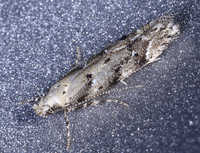
| Recorded by: John Petranka on 2024-06-19
Watauga Co.
Comment: | 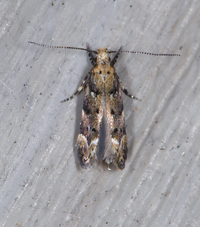
| Recorded by: Jim Petranka on 2024-06-17
Madison Co.
Comment: |
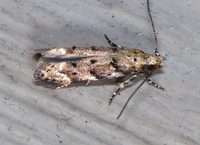
| Recorded by: Jim Petranka on 2024-06-17
Madison Co.
Comment: | 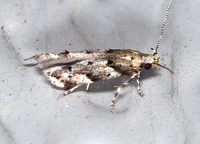
| Recorded by: Jim Petranka on 2024-06-10
Madison Co.
Comment: |
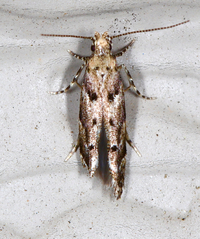
| Recorded by: Jim Petranka on 2024-06-10
Madison Co.
Comment: | 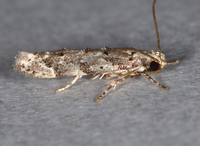
| Recorded by: Jim Petranka on 2024-05-24
Madison Co.
Comment: |
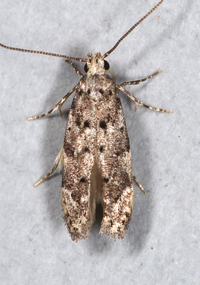
| Recorded by: Jim Petranka on 2024-05-24
Madison Co.
Comment: | 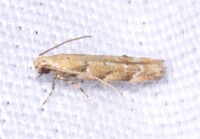
| Recorded by: David George, Stephen Dunn, Jeff Niznik on 2024-04-29
Chatham Co.
Comment: |
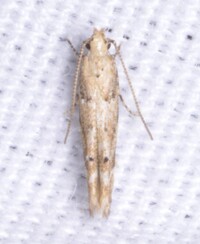
| Recorded by: David George, Stephen Dunn, Jeff Niznik on 2024-04-29
Chatham Co.
Comment: | 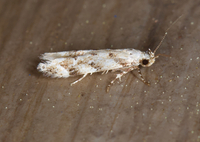
| Recorded by: Jim Petranka on 2021-05-26
Madison Co.
Comment: |
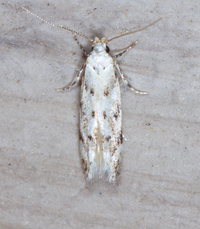
| Recorded by: Jim Petranka on 2021-05-26
Madison Co.
Comment: | 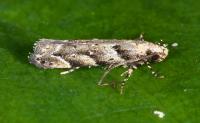
| Recorded by: Jim Petranka and Becky Elkin on 2020-06-17
Madison Co.
Comment: |
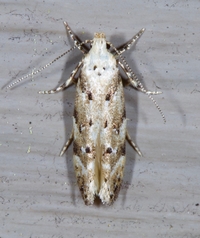
| Recorded by: Jim Petranka and Becky Elkin on 2020-05-14
Madison Co.
Comment: | 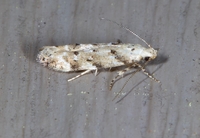
| Recorded by: Jim Petranka and Becky Elkin on 2020-05-14
Madison Co.
Comment: |
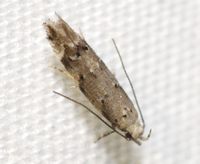
| Recorded by: Kyle Kittelberger on 2020-05-03
Wake Co.
Comment: | 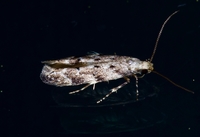
| Recorded by: Jim Petranka and Becky Elkin on 2020-04-17
Madison Co.
Comment: |

| Recorded by: Jim Petranka and Becky Elkin on 2020-04-17
Madison Co.
Comment: | 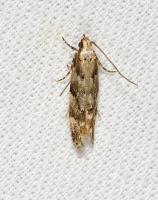
| Recorded by: Jim Petranka on 2019-04-28
Madison Co.
Comment: |
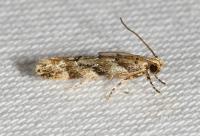
| Recorded by: Jim Petranka on 2019-04-28
Madison Co.
Comment: | 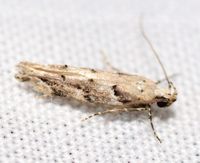
| Recorded by: Kyle Kittelberger on 2017-04-12
Gates Co.
Comment: |
|

 »
»




 »
»


